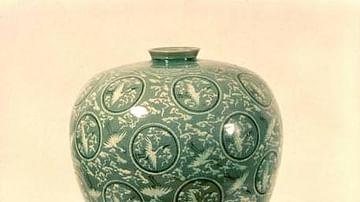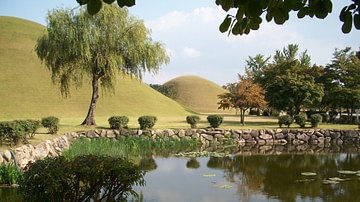Video
Cite This Work
APA Style
Kyokai, U. T. N. N. H. (2018, July 27). Haeinsa Temple Janggyeong Panjeon, the Depositories for ... (UNESCO/NHK). World History Encyclopedia. Retrieved from https://www.worldhistory.org/video/1524/haeinsa-temple-janggyeong-panjeon-the-depositories/
Chicago Style
Kyokai, UNESCO TV NHK Nippon Hoso. "Haeinsa Temple Janggyeong Panjeon, the Depositories for ... (UNESCO/NHK)." World History Encyclopedia. Last modified July 27, 2018. https://www.worldhistory.org/video/1524/haeinsa-temple-janggyeong-panjeon-the-depositories/.
MLA Style
Kyokai, UNESCO TV NHK Nippon Hoso. "Haeinsa Temple Janggyeong Panjeon, the Depositories for ... (UNESCO/NHK)." World History Encyclopedia. World History Encyclopedia, 27 Jul 2018, https://www.worldhistory.org/video/1524/haeinsa-temple-janggyeong-panjeon-the-depositories/. Web. 25 Apr 2025.





